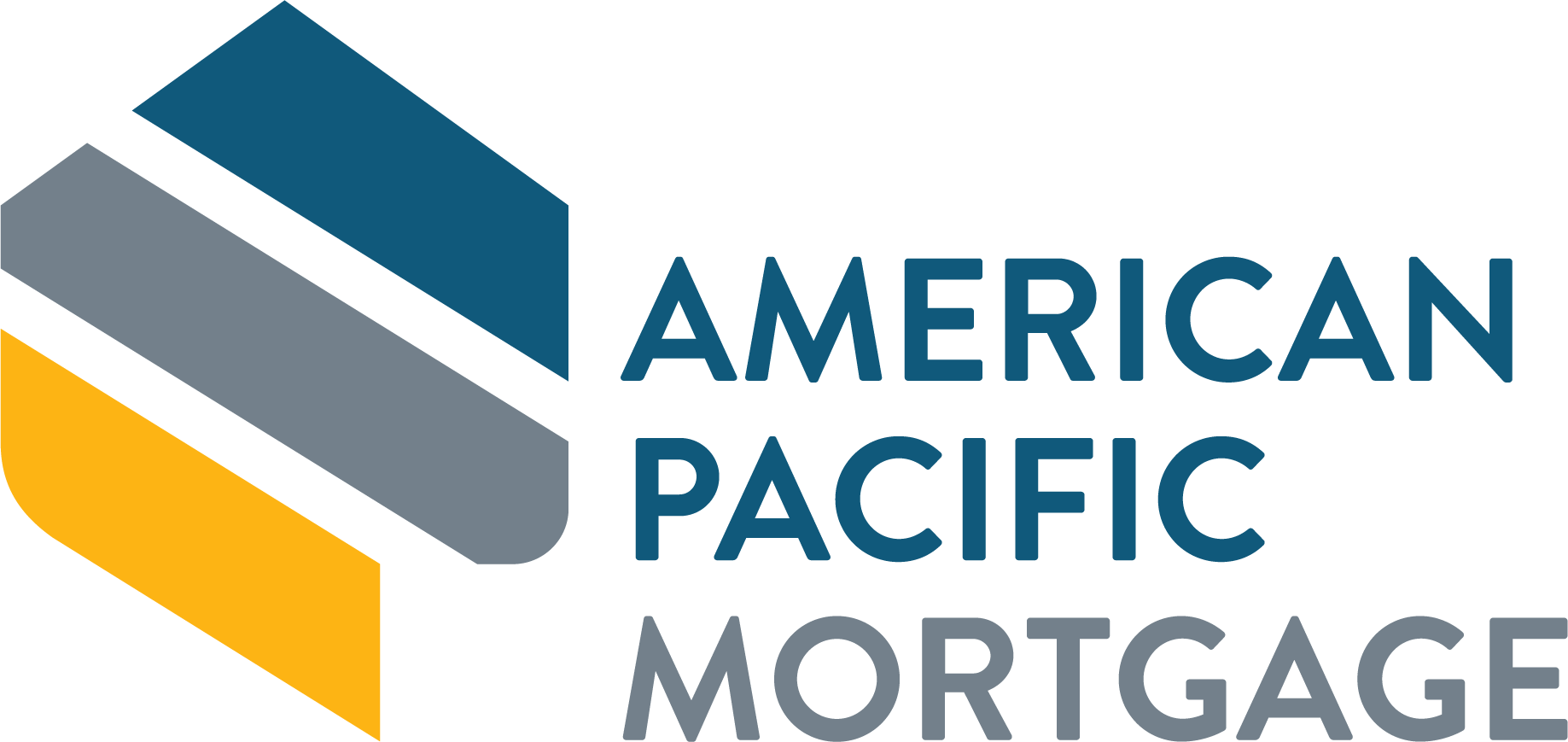
Having a clear mortgage marketing plan is essential for increasing exposure, maintaining an online presence, creating brand awareness, and attracting leads. It’s also important for increasing the number of loans you close. That’s why it’s important to have a well-rounded mortgage marketing plan with effective marketing strategies that you execute daily.

Create a Diverse Mortgage Marketing Plan
A diverse marketing plan is important for several reasons. Marketing efforts that rely solely on one platform are limiting their exposure to different audiences and consumers. Using only one platform or relying on one or two realtor referrals limits your ability to grow your business.
So what does a well-rounded mortgage marketing plan look like? At a minimum, a mortgage marketing plan should consist of six components. These marketing tools all work in tandem to give your marketing efforts the most reach possible in the industry.
Below, we’ve outlined several different platforms and channels that you should consider in your marketing plan. You don’t need to use all of them. At APM, we recommend picking the channels that work best for you and executing them to their fullest potential.
Marketing Activities
Speaking
This could include speaking at real estate agent events, community events, or other places where a lender’s expertise is needed. Be sure to think outside the mortgage box. There are many places where you may be qualified to speak. Look for opportunities to partner with financial planners, or events where finances and mortgage products are being discussed.
Workshops and webinars
People are always in need of good information about the homebuying process. Getting in front of new people by offering workshops and webinars can be a great source of referrals for your business.
Offering a virtual option can help you attract a much larger audience. It also allows you to serve different demographics, like first-time homebuyers, veterans, and retirees. You may also want to co-host an event with a realtor and other partners who would benefit from your expertise.
Community involvement
It’s hard to replace the credibility and trust that comes from being involved in the community. Consider joining a local service club, like Rotary International, Kiwanis, or Altrusa International.
Other places where you might be needed are local boards or committees that are looking for reliable professionals.
Community events
Show your face at local community events to make sure as many potential customers as possible know who you are. Bonus: The conversation could turn toward getting a mortgage at any time, so have your elevator pitch ready.
Charity events are a nice way to show that you’re willing to donate your time and money in the community.
Event sponsorships
Speaking of charitable events, many need sponsorships or donations to hold an event. This is another way to get your name out there as a mortgage originator and support local causes in your community at the same time. Sponsorships are also a great way to create visibility.
Direct mail marketing
Direct mail marketing isn’t dead! Sending postcards and flyers about neighborhood news and mortgage opportunities, or birthday and anniversary cards, can be a great way to connect with your non-digital clients. The great thing about direct mail is that it’s highly targeted. It’s also a natural way to build your brand and trustworthiness over time and attract potential clients.
Referral marketing
Referral marketing is a must! If you don’t have referral marketing dialed in, it’s unwise to spend money on other platforms, because this is the bread and butter of your mortgage marketing plan. This means that you regularly stay in contact with people who you’ve done business with and referral partners.
Referral marketing likely includes creating useful social media, paid ads, email, and print content specifically for real estate agents and other groups of people who may refer you.
It also likely includes going to community and professional networking events to connect with people in those groups. It may mean holding client appreciation events and following up with clients on special anniversaries or dates.
Digital Marketing
Social media marketing
Social media marketing is a great way to increase brand awareness. APM recommends that you pick the platforms where your potential customers are—Facebook, Instagram, LinkedIn, Twitter, or YouTube—and learn how to use them well.
One of the most important things to remember about social media marketing is to speak to your audience. Your consumers are not always the same from platform to platform, so make sure you are paying attention to your content so it’s relevant to your following. To learn more tips on social media marketing, check out our post here.
Video marketing
Video marketing is ever-evolving and here to stay. From short-form videos on Instagram and Facebook Reels to livestreaming on YouTube, there are plenty of options to reach your potential clients using video. If you’re looking for video content marketing ideas, click here.
Email marketing
Email marketing is another great way to stay in touch with past clients, referral partners, and prospective clients in the digital marketing world.
One or two emails a month, packed with information people actually care about, solidifies your expertise as a lender. And don’t forget to acknowledge special events like birthdays, anniversaries, and mortgage close dates for your past clients. This is a powerful way to reconnect and stay top of mind in the industry.
Paid media buys
Paid ads are vital on Facebook and Instagram, and they can be helpful on other platforms (like Google), as well. Paid ads are a way to increase brand awareness to an audience that may not know you. They can also encourage people to take certain actions, like signing up for an email list, calling for a mortgage-related service, or opting in for a freebie from you.
Paid ads can also include TV, newspaper, and other types of print ads, which may be a smart move depending on the demographic you’re trying to reach.
Website marketing
When done properly, your website can bring people to it through organic search. This means you’re reaching people who actively want your services instead of trying to entice them to come to you.
Adding regular blog posts to your website is a good way to showcase your expertise, build a library of content, and have regular content to syndicate on social media.
Database marketing
Your past clients and referral partners are some of the most likely people to give you referrals and repeat business. A good call to action can encourage them to reach out to you at opportune times.
Database and referral marketing have some overlap, since you may get referrals from your database. This kind of marketing likely includes email, social media, website, and paid ad marketing to people in your database.
Lead generation
Lead generation is widening your sphere of influence to reach people you haven’t been in contact with before. When done correctly, this can bring you a steady influx of mortgage leads and new business.
Lead generation likely includes paid ads of some kind, website marketing (with landing pages), email marketing, and possibly retargeted paid ads or boosted social media posts. This is called creating a sales funnel, where eventually people will want to do a transaction with you. Check out our article about lead generation.
So how do you put all this together to create a plan that brings in the consistent leads your mortgage business needs? A well-written mortgage marketing plan can do just that. (And if you need more information about marketing, check out our guide to loan officer marketing.)
Putting Together a Mortgage Marketing Plan
Now that you’ve decided what kind of marketing you want to pursue, it’s time to put together the plan.
1. Set marketing goals.
Whether it’s getting a certain level of engagement on Facebook posts or getting a certain number of sign-ups via a landing page, it’s hard to measure the success of marketing initiatives if you don’t have a target in mind.
2. Strategize.
Laying the proper foundation for your marketing plan is critical. This helps you make sure you know what you’re doing and why. Consider these steps:
- Understand your client avatar: Understanding your ideal client is extremely important, especially when you’re considering your marketing message. Who are they as a person (married, unmarried, how much household income, and so on), why would they want to work with you, and what are their pain points?
- Be able to communicate the problem and solution: It’s not enough to just consider loan programs and products when you’re thinking through your value proposition. It’s also important to speak to the problems the customers are experiencing in today’s market and the solutions you provide to help them overcome them.
- Create the content and messaging: Once you know who you’re targeting and what message you want to send, it’s time to create content that will grab the attention of your audience.
3. Decide which channels to use.
Decide which platforms are best for reaching and connecting with your ideal client. Some of this will also depend on whether you’re doing database, referral, or lead-generation marketing.
4. Establish metrics.
The only way to tell if your mortgage marketing plan is working is by analyzing the results and impact. By setting metrics for your marketing efforts, you can better determine if your results are helping to improve the bottom line for your business.
5. Don’t be afraid to make changes.
By setting goals and establishing metrics, you’ll have a better understanding of what’s working and what’s not. If something isn’t working well, you should change it!
As with any marketing plan, understanding your return on investment is important. By establishing metrics and checking in on them frequently and adjusting your plan where and when needed, you’ll be able to clearly define your return on investment.







